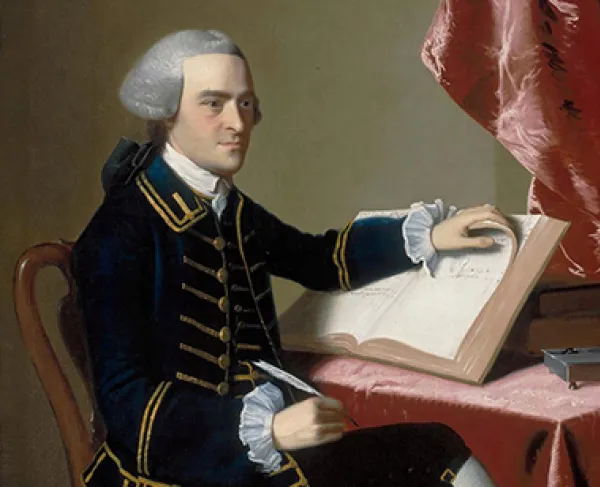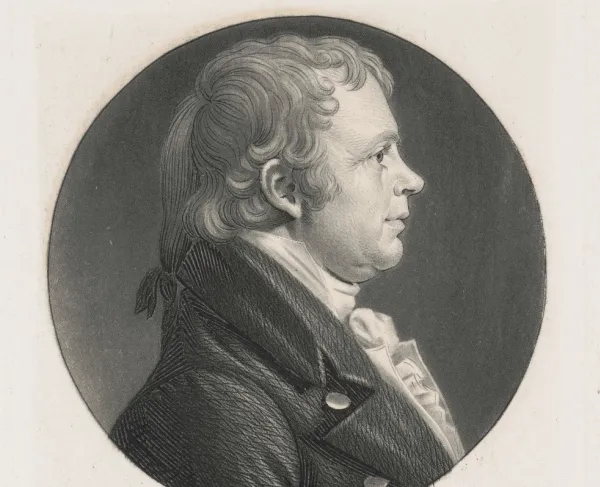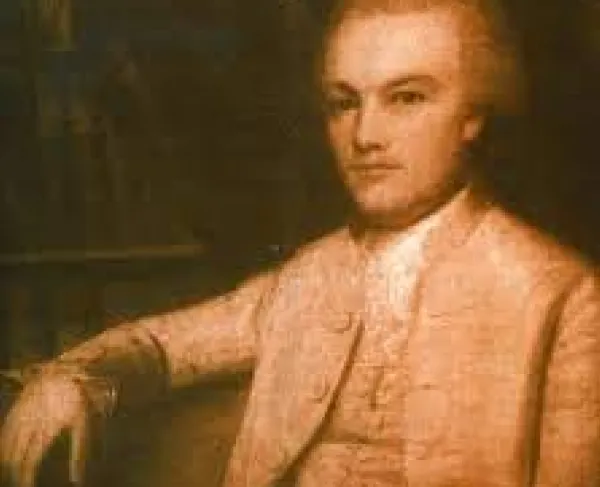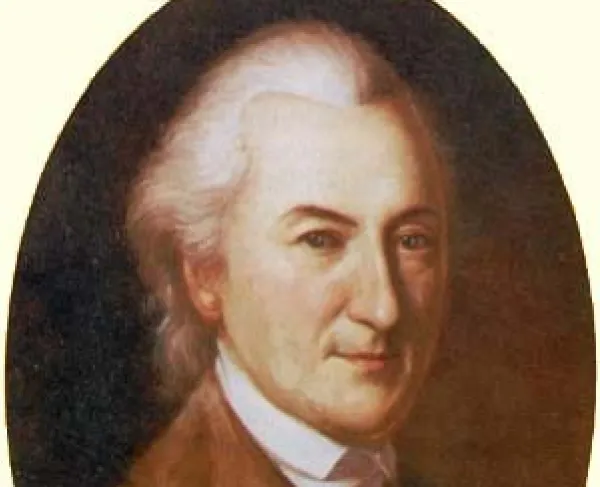John Hancock

John Hancock was born in Braintree, Massachusetts, on January 23, 1737. He lived with his parents until the age of seven and was sent to live with his merchant uncle after his father died. His uncle Thomas Hancock owned the House of Hancock, which imported European goods and traded domestically. Growing up, Hancock received his education from the Boston Latin School and, at age 8, received his bachelor's degree from Harvard College (now University). After receiving his degree, he continued working with his uncle, establishing new trading ports, and creating political and commercial relationships. Hancock expanded the company by traveling to England for a year to meet potential consumers and suppliers. Upon returning to Boston, Hancock officially took over his uncle's business and became influential in Massachusetts politics. In 1765, the British government passed the Stamp Act to relieve some of the debt created by the French and Indian War. Initially, Hancock was not opposed to the act, but after witnessing protests and unrest within Boston, Hancock changed his stance. He participated in the protest by boycotting the importation of British goods, making him extremely popular amongst the colonists. In 1766, Samuel Adams voiced his public support for Hancock aiding in his election to the Massachusetts House of Representatives.
While in office, Parliament passed the Townshend Act, which directly affected American trade—items such as tea, glass, paper, and lead. The act led to smuggling within the colony to avoid paying a tax on the products causing British ships to begin illegally searching a sizing ship off the American coast. On May 9, 1768, the British customs agents illegally boarded Hancock's Liberty under the impression that the ship was participating in smuggling wine. Although the customs agents did not have proof, the British proceeded to tow the Liberty, causing a riot among the sailors and colonists. When the confrontation escalated, British officials left and later filed lawsuits against Hancock. The charges were dropped with John Adams as his lawyer, but his reputation suffered from being seen as a smuggler. The Liberty Affair is seen as one of the first major events leading up to the American Revolution.
As tensions between colonists and the British rose, Hancock continued to participate in resistance by leading meetings regarding the Tea Act and the Coercive Acts. On December 1, 1774, Hancock was elected as a delegate to the Second Continental Congress; he was elected to discuss the revolution's goals and plan the next steps for the colonies. Due to his position, living in Boston was not safe due to being a target of the British. Hancock moved to his grandfather's home in Lexington to escape the British. On the night of April 18, 1775, Dr. Joseph Warren received news that British troops, under Thomas Gage's command, age, were heading toward Lexington to capture Samuel Adams and John Hancock. Warren sends three-midnight riders, including Paul Revere, to warn that the "British are coming." Reaching Lexington, Paul warns Hancock and Adams of the incoming troops and suggests they flee before the British reach Lexington. Since Hancock held the status of colonel in the Massachusetts militia, he decided to fight. Adams and Revere convinced him otherwise, stating that his service as a politician was more valuable than risking his life on the battlefield. Soon after their escape, the first shots were fired at Lexington and Concord, officially starting the Revolutionary War.
After the first battle, Hancock returned to Philadelphia, where he was elected president of the Second Continental Congress. During his time as president, committees were formed to aid the revolution, including the Marine Committee, which was responsible for creating the first U.S. (United States)—Navy fleet. In 1776, Hancock oversaw the creation of the Declaration of Independence. Produced by the 'Committee of Five," the Declaration of Independence, the document declared the colonies separate and independent from Great Britain. On July 4, 1776, John Hancock was the first to sign the document with a large cursive signature, stating, "There, John Bull (England) can read my name without spectacles; he may double his reward." Hancock continued to serve as president of the congress until 1777 when he left and took the position as governor of Massachusetts, where he served until 1785. After the American Revolution, Hancock's reputation flourished due to his philanthropy during and after the war.
After he retired from public life in 1786, Hancock's health began to fail rapidly. The state of Massachusetts continued to elect him to conventions and constitutional ratifying committees despite his ill health. On October 8, 1793, Hancock died at age 56 and received one of the largest state funerals from longtime friend and governor Samuel Adams.





